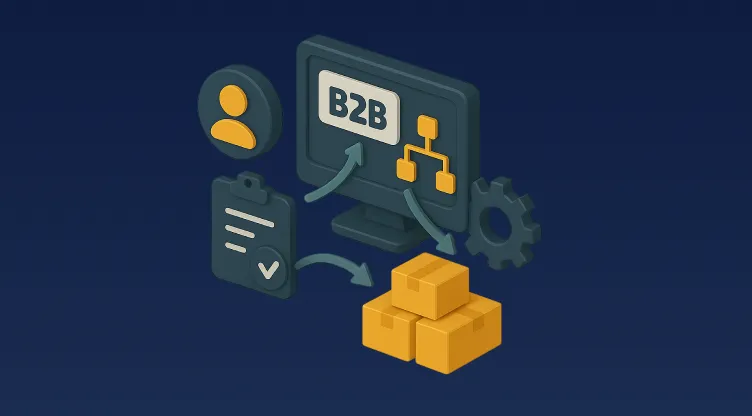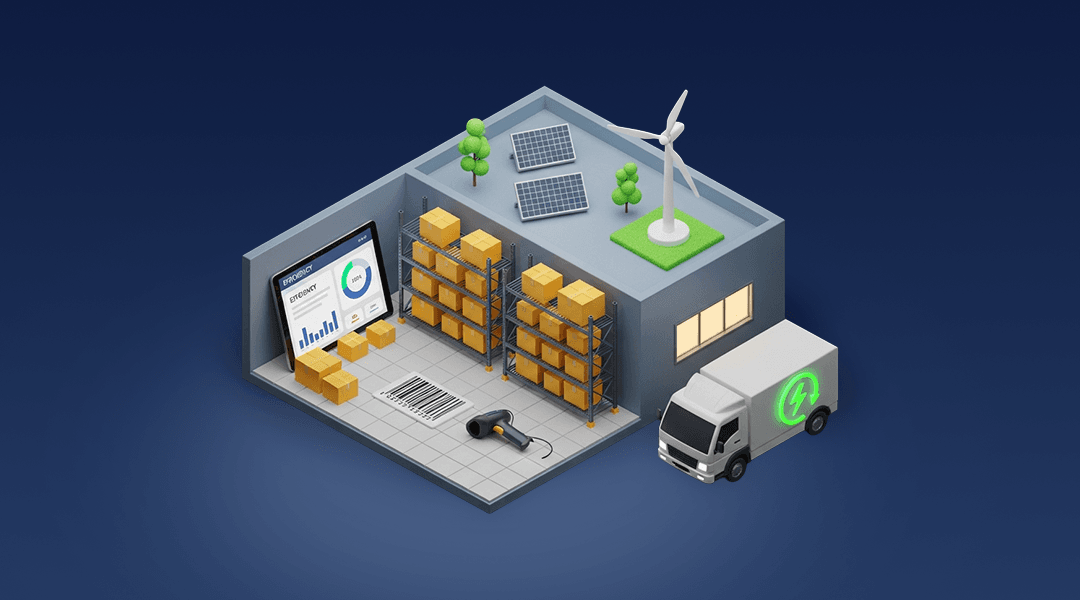
In today's digital world, E-commerce technologies have become a must for any business looking to grow and expand. These technologies include tools and systems that help businesses build and manage online stores efficiently. From order management to customer experience enhancement, these technologies are essential for the success of any online store.
Read More4 Min Read

Modern enterprises face mounting pressure to digitize operations while keeping costs in check. SAP dominates the ERP landscape but its complex implementation and steep pricing drive businesses to explore alternatives. It is known as one of the best ERP systems for business today. Despite its dominance, cloud ERP solutions keep popping up and the ERP software market continues expanding, offering viable options for companies seeking more flexible, cost-effective solutions.
Read More10 Min Read

Finding the right enterprise resource planning (ERP) software shapes how effectively businesses manage their operations. Even more so as cloud-based ERP systems and ERP software for SMEs become mainstream. In fact, the ERP software market was predicted to grow from $182.22 billion in 2023 to $202.69 billion in 2024 at a compound annual growth rate (CAGR) of 11.2%.
Read More10 Min Read

What is purchase order? A PO is a commercial document given out by the buyer to a seller indicating different types, quantities & agreed-upon prices of the products or services. It is considered a legal offer to buy, which becomes a contract when accepted by the supplier.
Read More8 Min Read

POs form the heart of inventory needs and organizing and tracking. With such details on the specifics of every transaction in POs- the item description, quantity, and delivery terms will always be an open understanding by a business as to what they order.
Read More7 Min Read

Discover how poor order accuracy impacts profits and how Omniful OMS improves precision, speed, and customer satisfaction through automation.
Read More8 Min Read

The B2B e-commerce market is growing faster than ever. Asia is clearly dominating 80% of the global market and North America is growing at a speed that exceeds 14% market share.
Read More10 Min Read

See how modern supply chains use AI and automation to cut costs, reduce emissions, and drive sustainable growth at scale.
Read More5 Min Read

Learn how to reduce picking errors in your warehouse with smarter layouts and real-time scanning tools. Discover MENA-specific strategies and case studies with Omniful WMS.
Read More5 Min Read